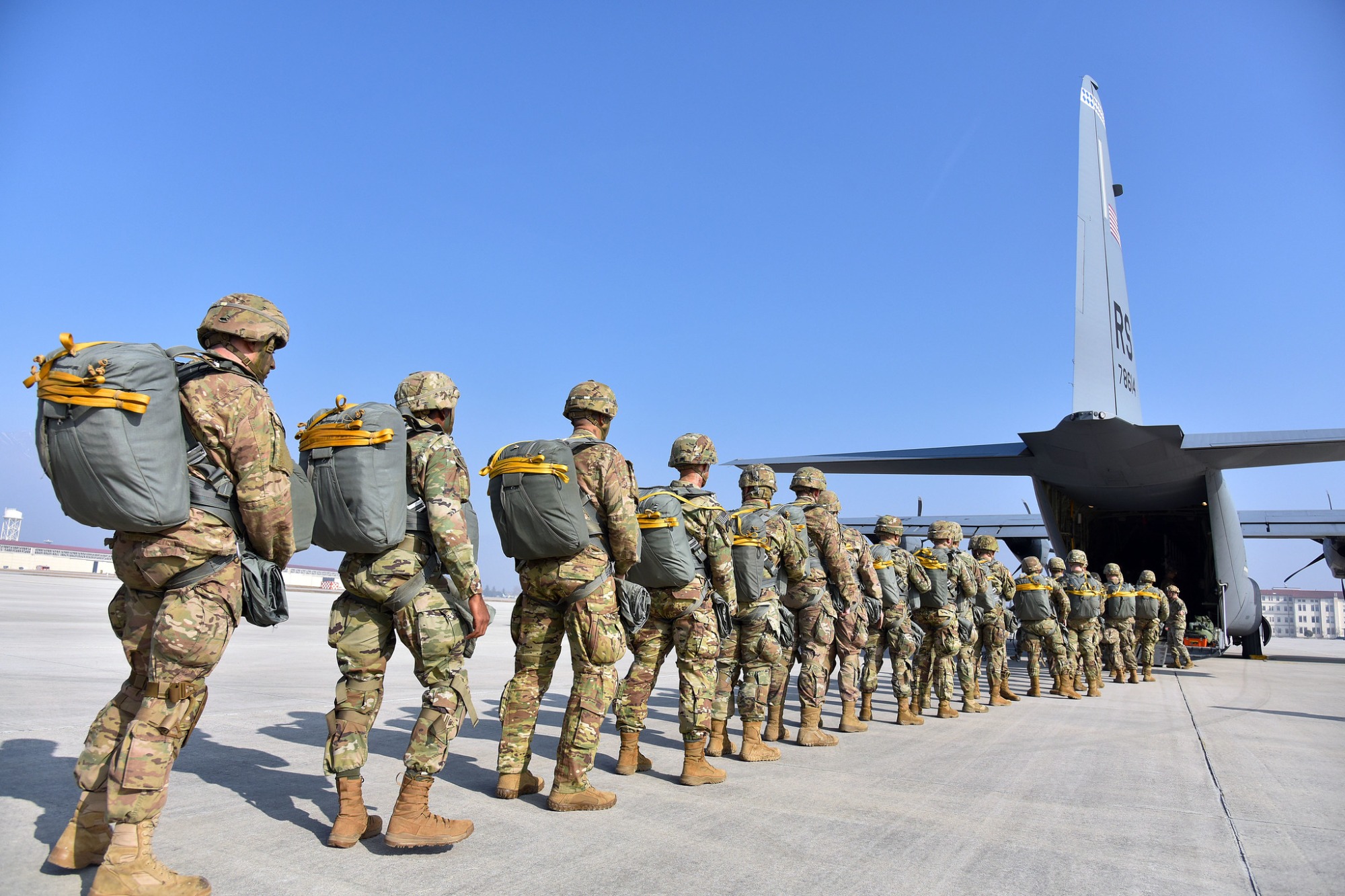
These Are History’s 7 Greatest World Powers
Here’s What You Need To Remember: Staying power matters. That kept the likes of Napoleonic France and dominions of Alexander the Great from making this list, even though those regimes left their mark on the world.
What kind of cruel, evil-minded editor would ask any self-respecting scholar to risk all with a list of the top world powers? It’s an assignment fraught with peril, guaranteed to ensure offense to the living and the dead. After all, as President Obama said, “Every nation thinks it’s exceptional.”
And here, the criteria for picking the top contenders can be as ambiguous and debatable as selecting the final four for the NCAA football playoffs. Here’s hoping the ranking system I came up with passes your personal “ha-ha” test.
For starters, I focused on the top competitors of their time: the powers most successful in mastering the world system of their age. That limits the list to those that competed on the world stage. It rules out some great regional powers—like the Egyptians, the Song Dynasty, Mayans, Incas and the Iroquois nation—that never really pressed their power beyond their own neighborhood.
Also, the list is limited to recorded history. Archeologists are free to compile their own lists of prehistoric powers.
Further, staying power matters. That kept the likes of Napoleonic France and dominions of Alexander the Great from making this list, even though those regimes left their mark on the world.
Finally, this list is simply chronological. Trying to compare power across time and world makes no sense, so presenting a ranked roster of all-time all-stars is ultimately arbitrary. Unlike baseball fanatics who relish unending debates over who’s better, Babe Ruth or A-Rod, I’m just not going there.
And so, without further ado…the envelope please!
7. Pax Romana:
Seriously, who would question Rome’s right to head the list? The republic-turned-empire lasted 500 years and pretty much invented global reach. At its greatest extent, parts of Africa, Europe and the Middle East fell under Rome’s dominion. With a population estimated at upwards of 60 million, Rome was boss of about one-quarter of the world’s population. And talk about strong—it was even able to survive leaders like Caligula and Nero.
6. Barbarians at the Gate:
With the collapse of Rome, globalization hit the pause button. The Dark Ages were, after all, pretty dark. Still, Germanic Norse seafarers got around more than most. Though they might not have represented a single political entity, in their day, the Vikings exploited the existing world system better than anyone else. From the High North to the New World to the Mediterranean littoral, from North Africa to the Middle East and Central Asia, Vikings logged more frequent rowing miles, garnered more wealth and exerted more influence than most.
5. The Golden Horde:
It is not just a fascination with the Netflix series “Marco Polo.” Mongols were the power of the day. At the height of its influence and dominion, every corner of the old world knew of and wondered at the great empire of the Khans. Counting the vassal states and allies that paid tribute or swore allegiance to the throne, the empire incorporated over one-quarter of the world’s land mass. The influence of the Mongol Empire spanned generations. It waged some of the most destructive wars in recorded history, but “Pax Mongolica” also facilitated an unprecedented exchange of people, goods and ideas across Eurasia.
4. Babur’s Empire:
Mughals are not Mongols—though their rulers claimed to be descendants of the great Mongol Emperor Genghis Khan. Established by Babur, a Central Asian ruler who set up shop in the Indian subcontinent, this 17th- and 18th-century empire spanned the space between Europe and Asia, a territory of over one million square miles. It governed more of the world’s population than any other power of its day.
3. The Sun Never Sets:
Does anyone seriously want to argue that Britain mastered better than the rest the race to build the modern nation-state? What really distinguished Britain as a power was its unprecedented access to global markets and capacity to move people, goods, services and ideas across the global commons. From 1815 to 1914, the British Empire was the envy of the modern world.
2. America the Beautiful:
Henry Luce was right. It really was America’s century. The United States built the largest, most productive economic engine in human history. The pivotal power in World War II, the United States saved the nation-state system from catastrophic disaster. And no nation benefited more from the postwar system that was built on the combination of sovereign nation-states and relative freedom of the commons.
1. Oh Canada: The United States may have been the chief architect of the current world system, but others now leverage the system far better than we do. Today it’s hard to find an objective “Top 10” list of positive attributes of modern life that doesn’t include Australia and Canada. Last year, for example, Australia was number three in the Heritage Foundation/Wall Street Journal “Index of Economic Freedom.” Canada was number six. Here, Canada nudges ahead because it has the added advantages of: nestling under NATO, the world’s best military alliance; access to the emerging opportunities in the Arctic and tremendous energy resources. It also has the advantage of sitting right next to door to one of the world’s best marketplaces: the United States.
Whether Canada can keep its competitive advantages over time and hold on to the top spot remains to be seen. Whether the world system of relative peace and respect for the nation-state and freedom of the commons, which allows states like Canada to rise to the top endures—well that’s an open question as well. Only time will tell.
James Jay Carafano is vice president of national security and foreign policy studies at The Heritage Foundation. Follow him on Twitter: @JJCarafano. This article is being republished due to reader interest.
Image:


